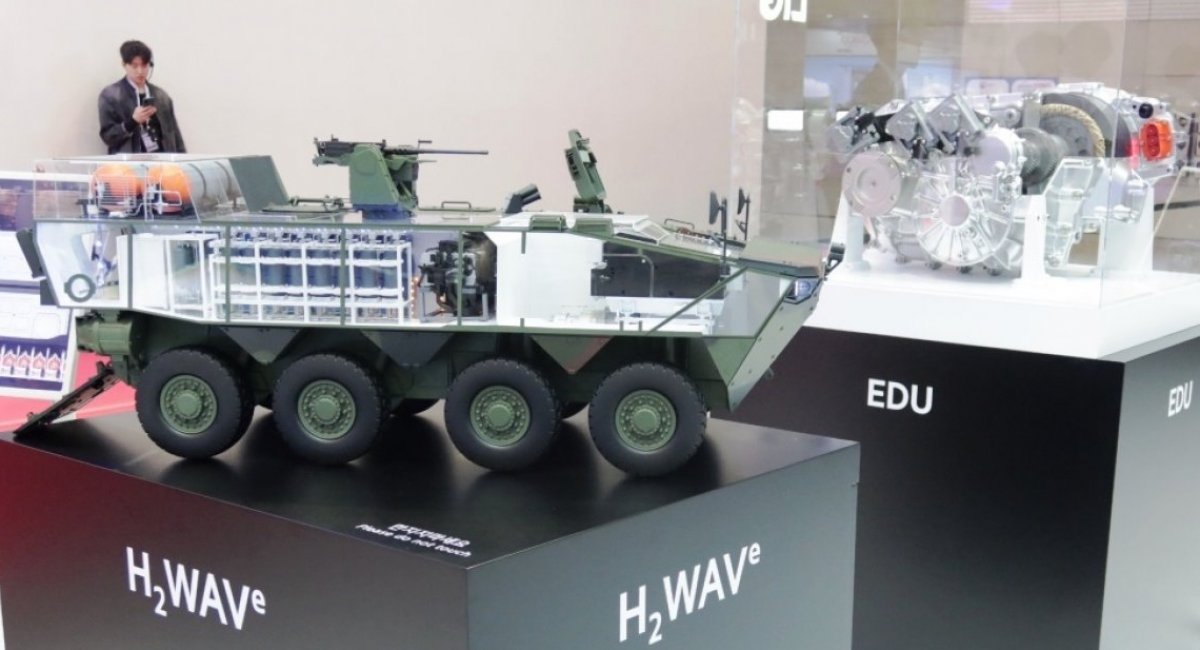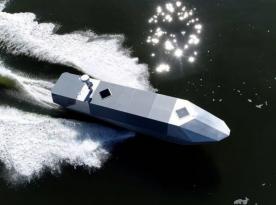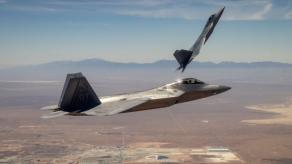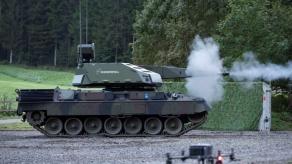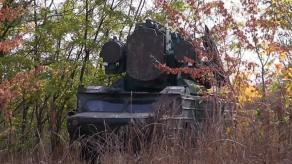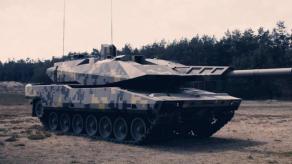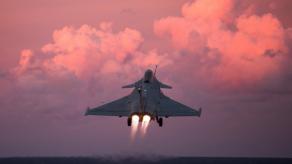Hyundai Rotem in South Korea showcased its new H2 WAVe APC at the ADEX 2025 defense exhibition. Its main feature is the use of hydrogen fuel cells. That reduces the vehicle's thermal signature and makes it significantly quieter compared to internal-combustion engines.
The vehicle is driven by a 350 kW (470 hp) electric motor, and hydrogen is used to generate the electricity for it. The H2 WAVe was developed on the basis of the K808 8×8 APC already in service with the South Korean armed forces. European Defence Review reports on this.
Read more: 200 Tactical Buggies for German SOF — Do Soldiers About to Become Unstopable?
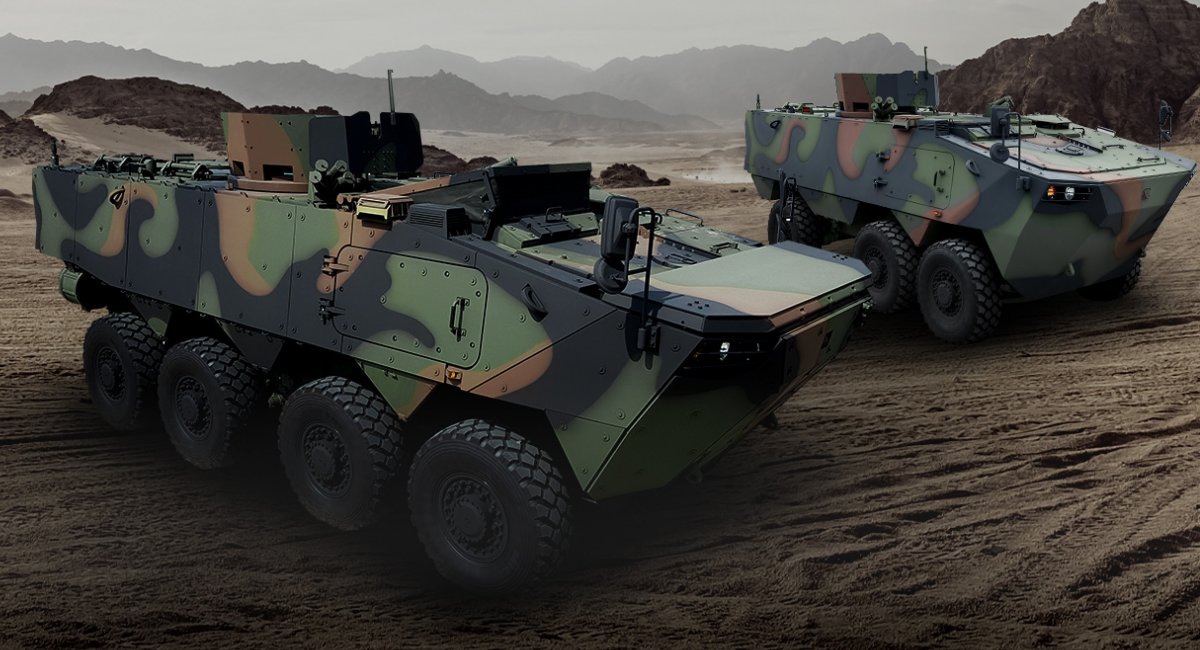
The engine in the H2 WAVe is located at the front as in the K808 predecessor. However, in the troop compartment, instead of troop seats on the right side, there are eight tanks with sodium-based hydrogen generators. As a result, the troop capacity has been reduced to five. In the rear of the vehicle, on the roof in a special capsule, there are two hydrogen tanks.
From Defense Expresss perspective, hydrogen-powered armored vehicles offer genuinely attractive battlefield capabilities. But there are serious questions about how safe the system is. The hydrogen tanks operate at enormous pressures 700 bar (over 690 atmospheres).
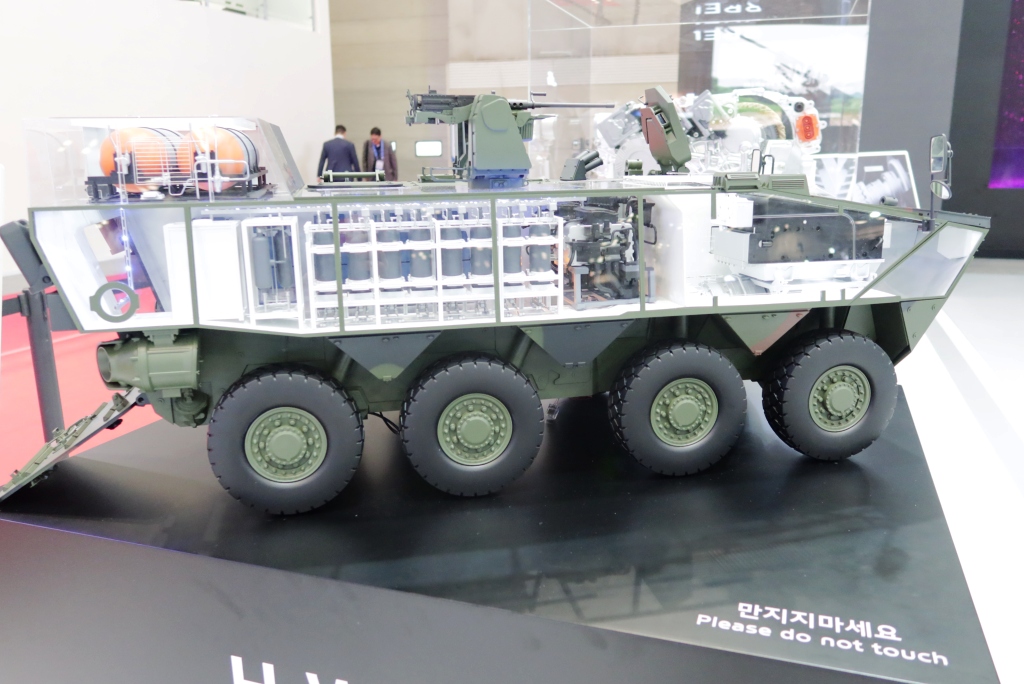
Piercing such a tank is not difficult: even a pistol round could do it, although the armor capsule will protect them from small fragments and small-arms fire. Still, they become excellent targets for drones, automatic-cannon fire, or heavy machine guns, which will certainly be able to damage them.
If a tank is pierced, huge volumes of gas under the furious pressure of 690 atmospheres will be released. If the tank were located inside the crew compartment, it would simply kill the entire crew from the overpressure alone. Given that the tanks are made of composite materials, they are unlikely to explode mechanically; the gas will likely vent instantly through the breach.
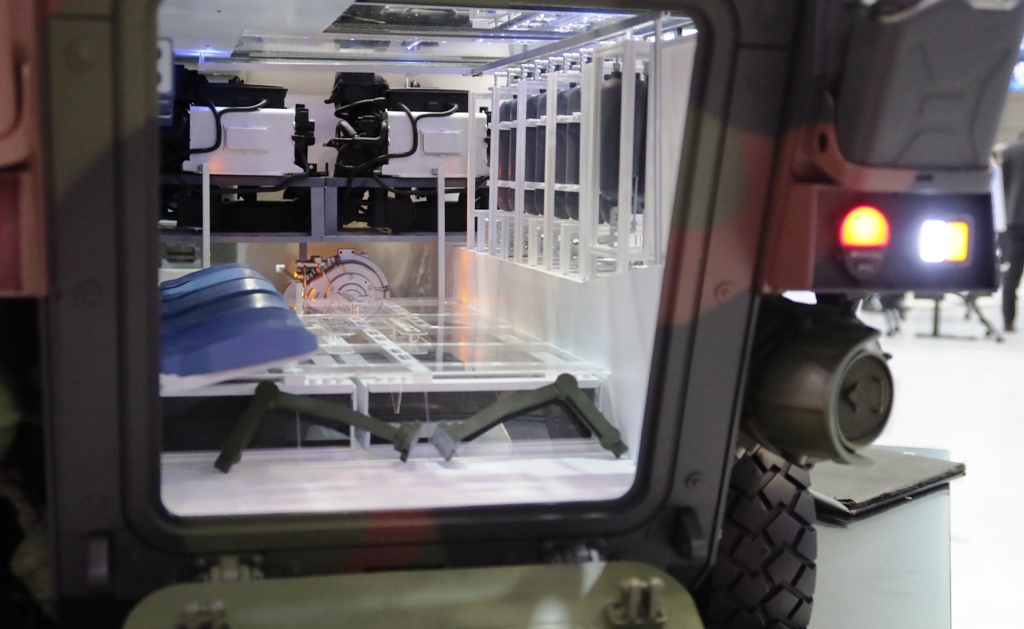
But there is another problem: hydrogen is the most flammable gas in the world. Unlike diesel fuel, which is hard to ignite with a match, hydrogen can be ignited by a spark or by high temperatures generated around 500 °C by the interaction of a projectile or fragment with armor; not to mention a shaped-charge jet.
When a pierced tank releases a large amount of hydrogen that mixes with air, the result is not just a flame but a very powerful thermobaric explosion. Effectively, the H2 WAVe is carrying two large thermobaric bombs on its roof.
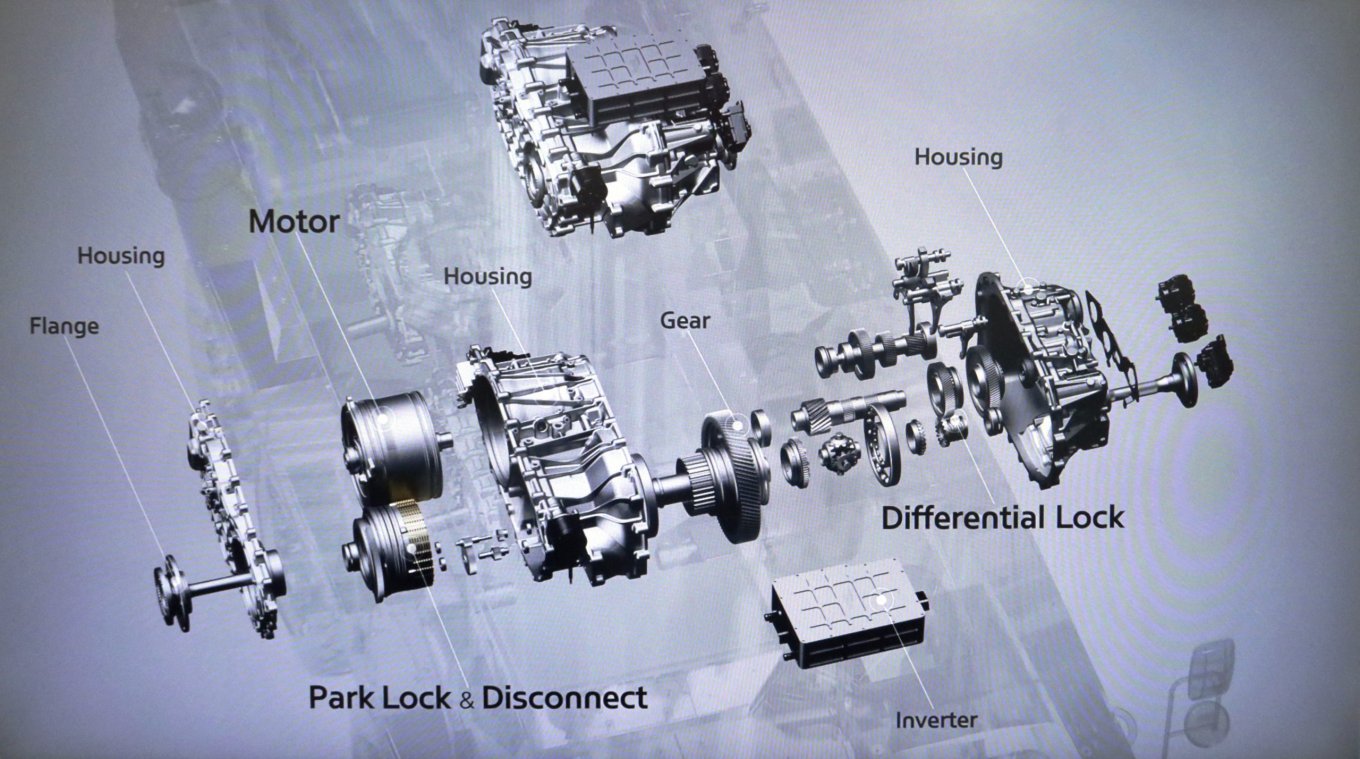
It should be noted that the H2 WAVe is a technology demonstrator and will unlikely enter serial production as-is; rather, it will serve as a basis for refining the system, after which safer and better combat vehicles and powerplants will be developed. Trials of the H2 WAVe are planned to start this year and continue through the end of 2026.
The company is fully aware of the risks and problems of using this type of engine on the battlefield, so what we have seen now are very early tests aimed at a long-term perspective. The goal is to create a hydrogen-based powerplant for military vehicles by around 2035–2040.
Read more: Ukrainian Scouts Target Advanced russian Buk-M3 Air Defense System (Video)




